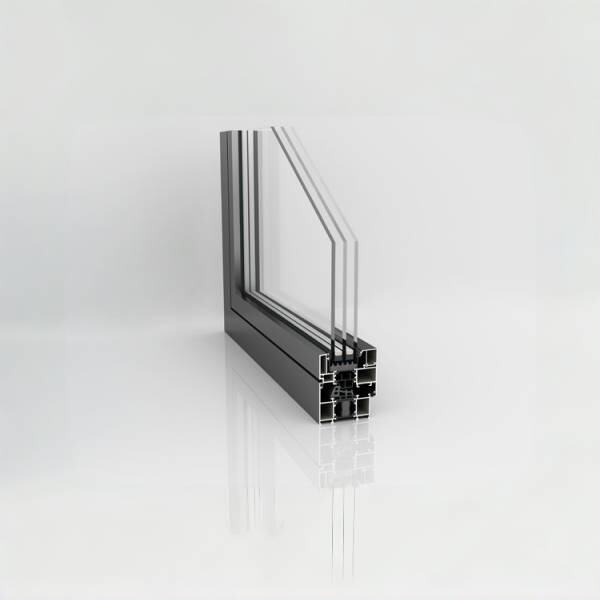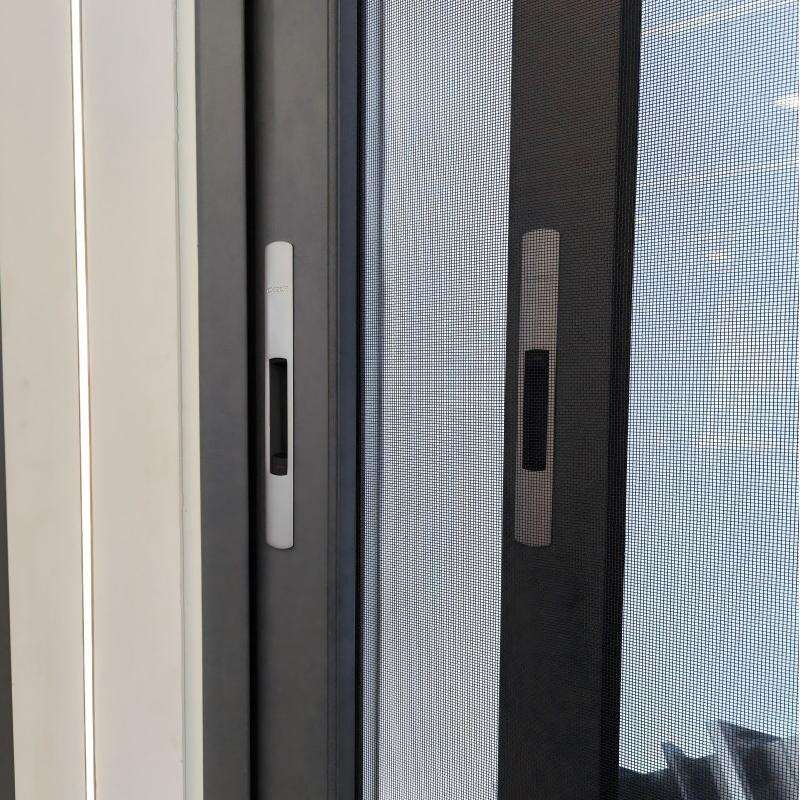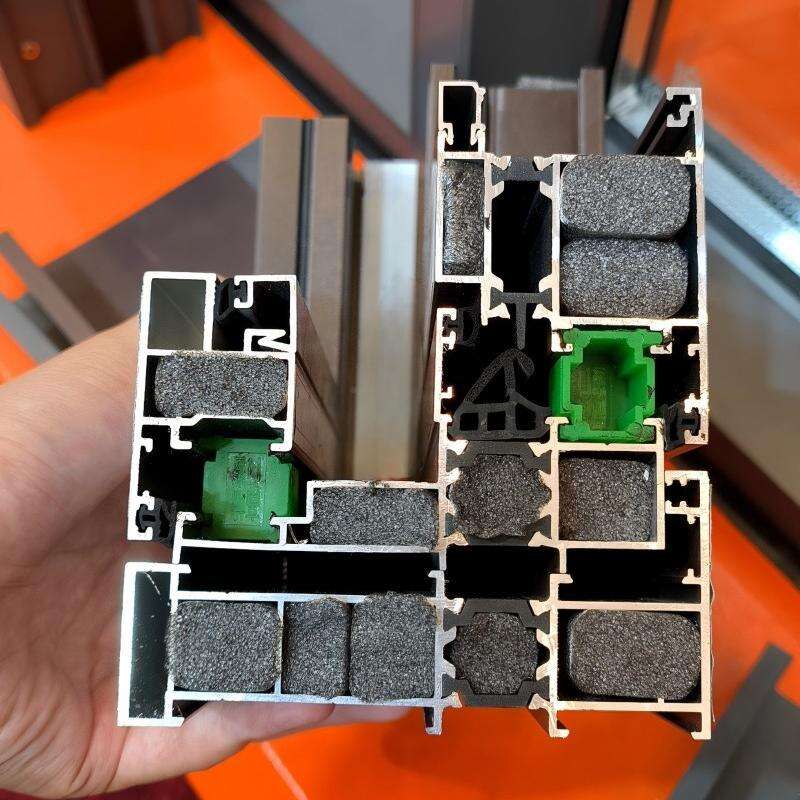latest design thermal break aluminum doors and windows customization
The latest design thermal break aluminum doors and windows customization represents a significant advancement in architectural solutions, combining superior insulation properties with modern aesthetics. These systems feature an innovative thermal barrier technology that effectively separates the interior and exterior aluminum profiles, creating an insulating break that minimizes heat transfer. The design incorporates multi-chambered profiles with polyamide strips, ensuring optimal thermal performance while maintaining structural integrity. Advanced manufacturing processes allow for customization in various dimensions, styles, and finishes, meeting diverse architectural requirements. The systems include high-performance weather seals, multi-point locking mechanisms, and double or triple-glazing options, providing enhanced security and sound insulation. These doors and windows are engineered to meet stringent energy efficiency standards while offering seamless operation and durability. The customization options extend to hardware selection, color finishes, and glazing specifications, enabling architects and homeowners to achieve their desired aesthetic and functional goals.


